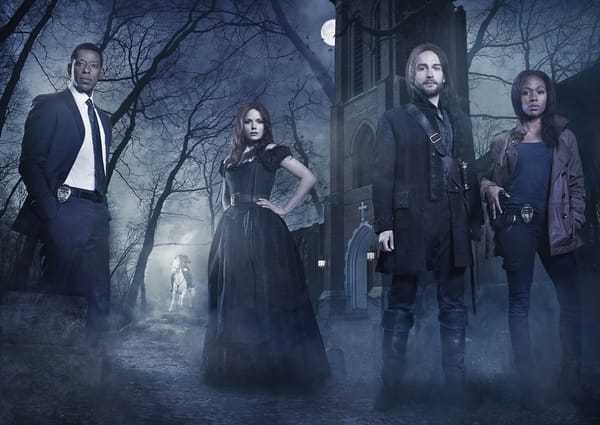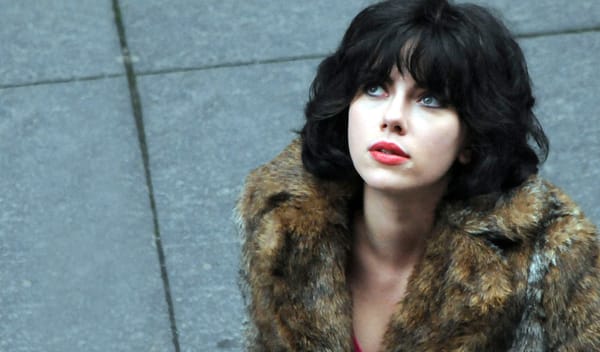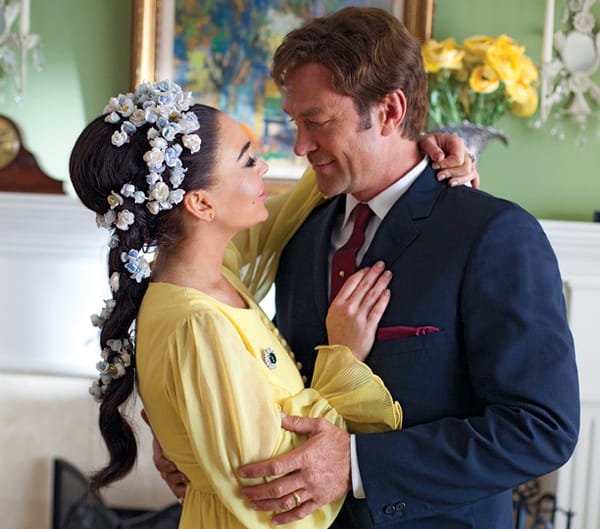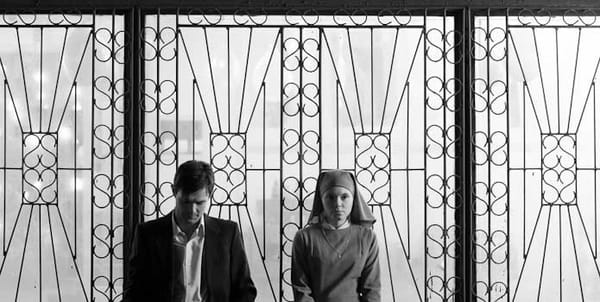Feeling blue
Fred Fyles reviews "Blue is the Warmest Colour"
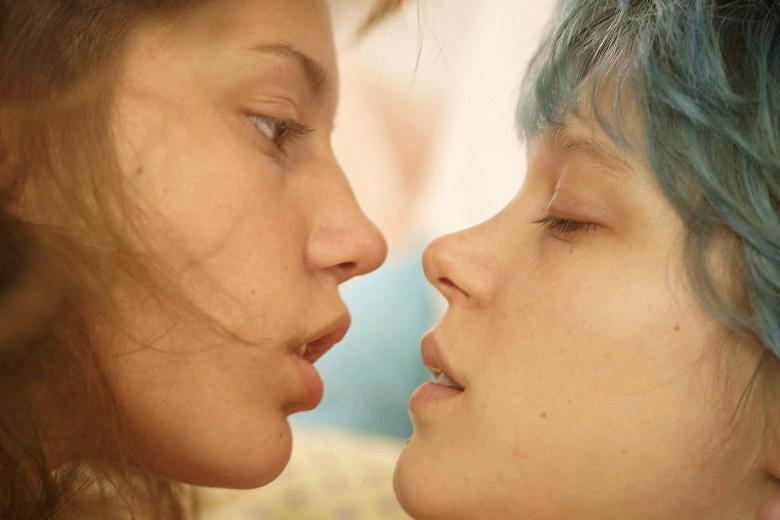
Blue is the Warmest Colour
Director: Abdellatif Kechiche Writers: Julie Maroh (comic), Abdellatif Kechiche, Abdellatif Kechiche, Ghalia Lacroix Starring: Adèle Exarchopoulos, Léa Seydoux Runtime: 179 minutes Certification: 18
It has been 5 months since the French drama Blue is the Warmest Colour won the Palme d’Or at Cannes, but it seems like barely a day has gone by without some form of controversy surrounding the film. First off, it was the first time the prize had been shared between the director (Abdellatif Kechiche) and the lead actors (Adèle Exarchopoulos and Léa Seydoux); and then the author of Le Bleu est une Couleur Chaude, the graphic novel upon which the film is based, labelled the graphic sex scenes, one of which exceeds 10 minutes in length, pornographic; and then the lead actors stated that they would never work with the director, claiming the working conditions were completely terrible; and then Kechiche questioned whether the film’s release should be cancelled. Oh, and the film was also banned in Idaho - but perhaps that is unsurprising when the subject matter is considered. Blue is the Warmest Colour revolves around the relationship between teenager Adèle (Exarchopoulos) and art school student Emma (Seydoux), a free spirit with wild blue hair that becomes a centrepiece of the film. A three-hour long epic, the plot spans a number of years, as we watch the relationship build, climax, and finally crumble. Beautifully shot, the first hour looks at Adèle’s existence as a typical teenager; engrossed with French literature, and with ambitions to become a teacher, Adèle spends her time gossiping with her friends, eating in front of the TV, and having unsatisfying sex with her boyfriend, before she spots Emma one day while out in the city. After fantasising about having sex with her, Adele seems consigned to the fact that they will never meet, but when out at a gay bar with her friend, they have a chance encounter that marks the beginning of a whirlwind romance. Inviting comparisons to Before Sunrise and In the Mood for Love, Blue is the Warmest Colour excels at showing the tenderness and beauty of first love. Walks through the park; visits to art galleries; picnics on the grass. All these are captured sumptuously, and the relationship is seen as warm, peaceful, and serene. But it is not long before stormclouds begin to loom, and both characters must face problems with their friends, family, and each other. One of the key features of the film, that most critics referenced, are the extended, extremely graphic, lesbian sex scenes. Stretching into minutes, these seem to make the audience noticeably uncomfortable; about halfway through the first one, which breaks the 10 minute mark, and a rash of nervous giggling breaks out. Kechiche has stated that his intention was not to make the viewers feel uncomfortable, but rather to break down conventions of cinema, and this film certainly seems like a watershed moment. However, as well as questions of artistic value, these scenes raise the issue of the Male Gaze in cinema; can a heterosexual man ever capture such relationships without somewhat distorting them? Julie Maroh, the author of the original graphic novel doesn’t think so, calling it ‘a brutal and surgical display, exuberant and cold, of so-called lesbian sex, which turned into porn’. But perhaps this is too harsh; Kechiche certainly seems to have a level of self awareness in the scenes when the couple are visiting galleries. The camera lingers on images of naked women, of buttocks and breasts, that are themselves products of the male gaze, as opposed to some kind of sapphic icon. It seems like the director was fully prepared for this to become a talking point for the film, and reflects it in his work But once the controversy and graphic content have been scraped away, we are left with very realistic, very natural interactions between the characters; Adèle, comparing herself to Emma’s arty friends, begins to see herself as uncultured and ignorant, an idea that is further enforced by the family dinners we are shown. When Adèle dines at Emma’s house they are all completely open, eating shellfish and drinking fine wine, but when Emma visits Adèle she must do so under the pretense of helping her with philosophy, and talk about her ‘boyfriend’ while being served a much more humble meal of spaghetti. As Adèle begins her career as a teacher, Emma repeatedly tries to get her to better herself; ‘I just don’t want you to be sad’ Emma says, ‘I’m not sad; not when I’m with you’ replies Adèle. Things don’t stay happy forever; Emma reverts back to her natural blonde locks, reflecting the shifting nature of the relationship, and towards the last 40 minutes of the film, Exarchopoulos’ performance becomes a visceral tour de force; heartbroken, tears and snot stream down her face, which displays every flicker of emotion. Exarchopoulos, along with Seydoux, are both incredibly gifted actors, and their magnetic presence on screen propel this journey to its final destination. A gifted director. Incredible leading roles. A hint of controversy. It all adds up to a blisteringly emotional epic, that was a worthy winner at Cannes. Passionate, ground-breaking, and beautiful, Blue is the Warmest Colour is most certainly one of the best films of the festival.



